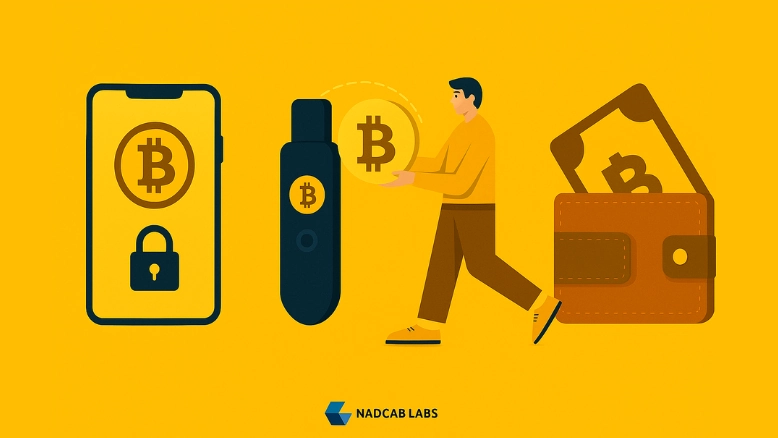
Building a crypto exchange requires far more than just an interface for buying and selling digital assets. It involves designing complex backend systems, ensuring security, managing liquidity, and providing a seamless user experience. As the cryptocurrency ecosystem matures, developers and businesses are investing heavily in building trading platforms that can handle millions of transactions while maintaining compliance and security.
This blog explores the system design behind crypto exchanges and the solutions that make them efficient, secure, and scalable.
Understanding the Core Architecture
The Role of Trading Engines
The trading engine is the backbone of every exchange. It processes orders, executes trades, updates balances, and maintains synchronization with the order book. A high-speed engine is crucial since delays can lead to slippage and loss of trust among users.
Modern engines are designed to handle thousands of orders per second, incorporating advanced algorithms to match trades instantly. In addition, they integrate features such as stop-limit orders, futures, and margin support for advanced traders.
Security Considerations in Exchange Development
Security is one of the most sensitive aspects of exchange design. Because exchanges handle millions in daily trading volume, they are often targeted by hackers.
Key security mechanisms include:
- Two-Factor Authentication (2FA): Adds an extra login layer beyond passwords.
- Multi-Signature Wallets: Distributes control across multiple private keys.
- Cold Storage: Keeps most funds offline, safe from online attacks.
- Transaction Monitoring: Detects unusual activity in real-time.
- Data Encryption: Protects sensitive user information.
Strong security protocols not only protect assets but also enhance user confidence and ensure regulatory compliance.
Wallet System & Asset Management
Exchanges rely on a wallet infrastructure that balances accessibility with safety. Hot wallets allow for quick deposits and withdrawals, while cold wallets provide offline security. A secure wallet system ensures smooth fund movement without compromising safety.
To avoid liquidity bottlenecks, exchanges typically implement automated systems that balance assets between hot and cold wallets based on trading activity.
System Design for Centralized Exchanges
Traditional platforms rely on centralized exchange solutions to manage all trading activity. In this model, the operator controls the matching engine, user accounts, and wallets.
The benefits of this system include:
- Faster execution speeds due to centralized processing.
- Easier implementation of advanced features like derivatives and margin trading.
- Simplified compliance and reporting mechanisms.
However, this architecture also places significant responsibility on the operator for safeguarding funds and ensuring transparency.
Evolution of Decentralized Trading
The blockchain era has given rise to decentralized platforms, where no central authority controls the exchange. A decentralized crypto trading platform removes intermediaries, enabling users to trade directly from their wallets.
Unlike centralized models, these exchanges rely on smart contracts to execute trades automatically, ensuring transparency and trustless transactions. The growing popularity of decentralized systems highlights the demand for privacy, autonomy, and reduced counterparty risk.
The Importance of Order Books
Every exchange depends on order books to record active buy and sell positions. Centralized platforms often use internal servers to manage this process, while decentralized systems are experimenting with innovative designs.
A decentralized order book is one such solution, leveraging blockchain technology to record and update trades transparently. Instead of relying on a central server, the order book is maintained across distributed nodes. While this enhances transparency, it often comes at the cost of transaction speed, making hybrid solutions a popular compromise.
Scalability and Performance Challenges
As crypto adoption grows, exchanges face the challenge of scaling infrastructure without compromising performance. Common challenges include:
- Handling high transaction volumes during market surges.
- Ensuring minimal latency across geographies.
- Preventing downtime during heavy traffic.
- Adapting to blockchain network congestion.
Solutions often involve cloud-native architectures, load balancing, and multi-node systems to distribute workload efficiently.
Compliance and Regulatory Integration
Crypto exchanges must comply with KYC (Know Your Customer) and AML (Anti-Money Laundering) regulations. This means integrating verification tools, transaction monitoring, and automated reporting. Regulatory compliance ensures legitimacy and allows exchanges to expand into global markets.
Future Outlook
The future of exchange development is likely to blend centralized and decentralized models. Hybrid architectures can provide the speed of centralized systems with the transparency of blockchain-based designs. The inclusion of AI for predictive analytics, cross-chain trading, and multi-asset support will further enhance performance.
As new regulations emerge, compliance-ready systems will become standard. Additionally, advancements in decentralized order book mechanisms and blockchain scalability solutions will continue to push innovation.
Turn Your Idea into a Working Crypto Exchange
Building a crypto exchange requires meticulous system design, covering aspects like trading engines, wallet infrastructure, order books, liquidity management, and security protocols. While centralized exchange solutions offer speed and control, decentralized ecosystems bring transparency and autonomy through smart contracts. A decentralized crypto trading platform and its supporting technologies, such as decentralized order books, represent the next step in achieving fully trustless global trading.
For developers and businesses, the key lies in balancing security, scalability, and user experience. With the right architecture and innovative solutions, crypto exchanges can power the next wave of digital finance.






